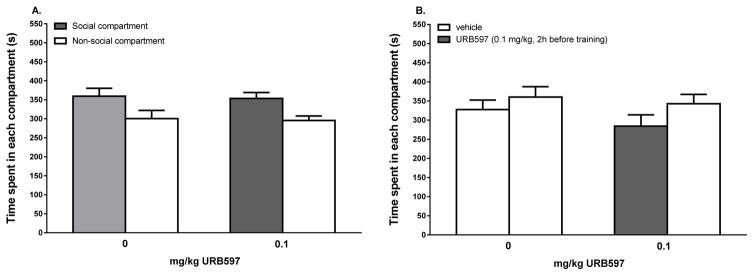Figure 2. Treatment with URB597 (0.1 mg/kg) did not alter social play-induced CPP (A) and did not induce CPP by itself (B).
(A) Data represent the mean time (sec + SEM) spent in the social compartment (grey bars) and the non-social compartment (white bars) during a 15 min session. Both vehicle-treated animals (n = 16) and URB597-treated animals (0.1 mg/kg, n = 17) showed a significant preference for the social-play associated compartment. (B) Data represent the mean time (sec + SEM) spent in the compartment where animals received vehicle (white bars) and the compartment where animals received URB597 (grey bar) during a 15 min session. URB597 did not induce conditioned place preference or aversion.

